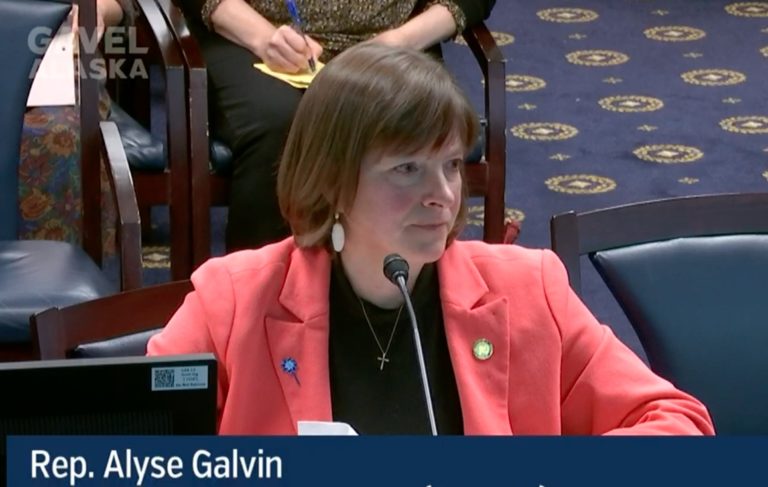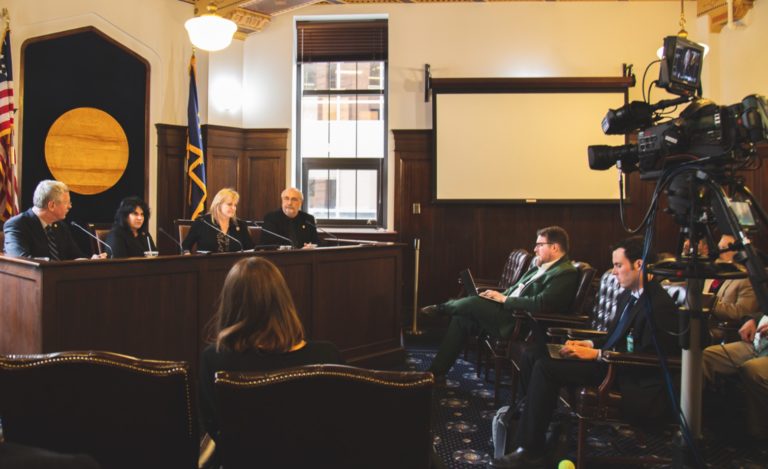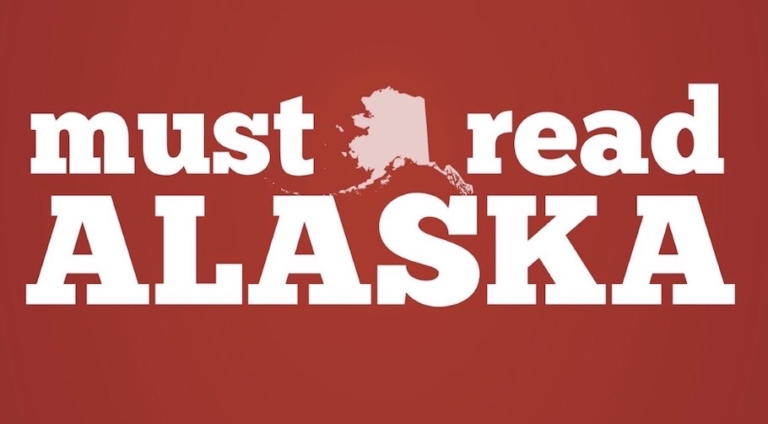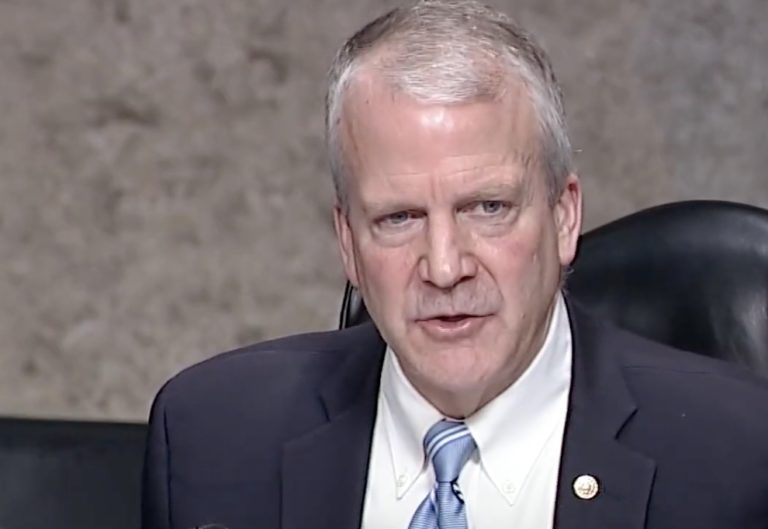Rep. Alyse Galvin introduced a fiscal note to HB 159, a bill that would create an income tax for Alaskans. In it, the state Department of Revenue says it would need to increase Revenue tax agents and auditors by 70 people. Over the first two years, the cost would be $19 million, and the net revenues that would be collected would be $120 million after the first full year of implementation.
During her presentation to House Ways and Means Committee, Galvin made no attempt to conceal the fact that this is the starter-pack tax, which could be built onto in the future by the government. It’s a tax that gets an income tax back on the books for Alaska, to be increased at a later date by an insatiable government.
This was the bill’s first hearing. Like so many Alaska Democrats in decades before her, Galvin said that taxes were essential to saving Alaska’s state budget. Her presentation notes are here.
The Galvin tax would charge every working Alaskan $20. Those who make more than $200,000 a year would pay 2% on every additional $100 they make. Thus, oil company executives in Alaska would pay $2 for every additional dollar they earn. A person earning $1 million a year in income would pay about $16,000 to the State of Alaska as their head tax.
There is also a capital expenditure associated with the tax, as the Revenue Department says that the complexity of the proposal would require a contractor to build out an income tax module into the Tax Revenue Management System, which would cost about $9.5 million for initial implementation. Successful Alaska business owners might relocate out of the state to avoid the tax. Almost all government workers would only pay $20.
“After initial implementation, continued maintenance and support by FAST for the individual income tax module is estimated to be $2.25 million in CY2025 and $1.5 million in CY2026 and beyond. Continued maintenance and support by FAST for the FIVS module is estimated to be $500,000 in each year,” the fiscal note says.
As part of the Department of Revenue’s research into the potential costs to administer the head tax, officials spoke with tax administrators in the States of Montana and Vermont, which have population sized close to Alaska’s and which have individual income taxes.
Montana and Vermont employ approximately 102 and 60 people, respectively, to administer each state’s individual income taxes.
“Using a simple per‐capita adjustment, these numbers translate to 68 and 70 employees needed to administer an individual income tax in Alaska. Given the complexities that come with administering nonresident and pass‐through corporation returns, and the sheer volume of estimated new taxpayers and returns, combined with the fact that our staff would have little to no experience in state individual income tax administration to start off with, the Department expects to need 70 people to administer an individual income tax in Alaska. The new staff would be roughly split between the Juneau and Anchorage offices. The Department would continue to look for ways to automate administration of this tax and look for efficiencies,” the fiscal report states.









